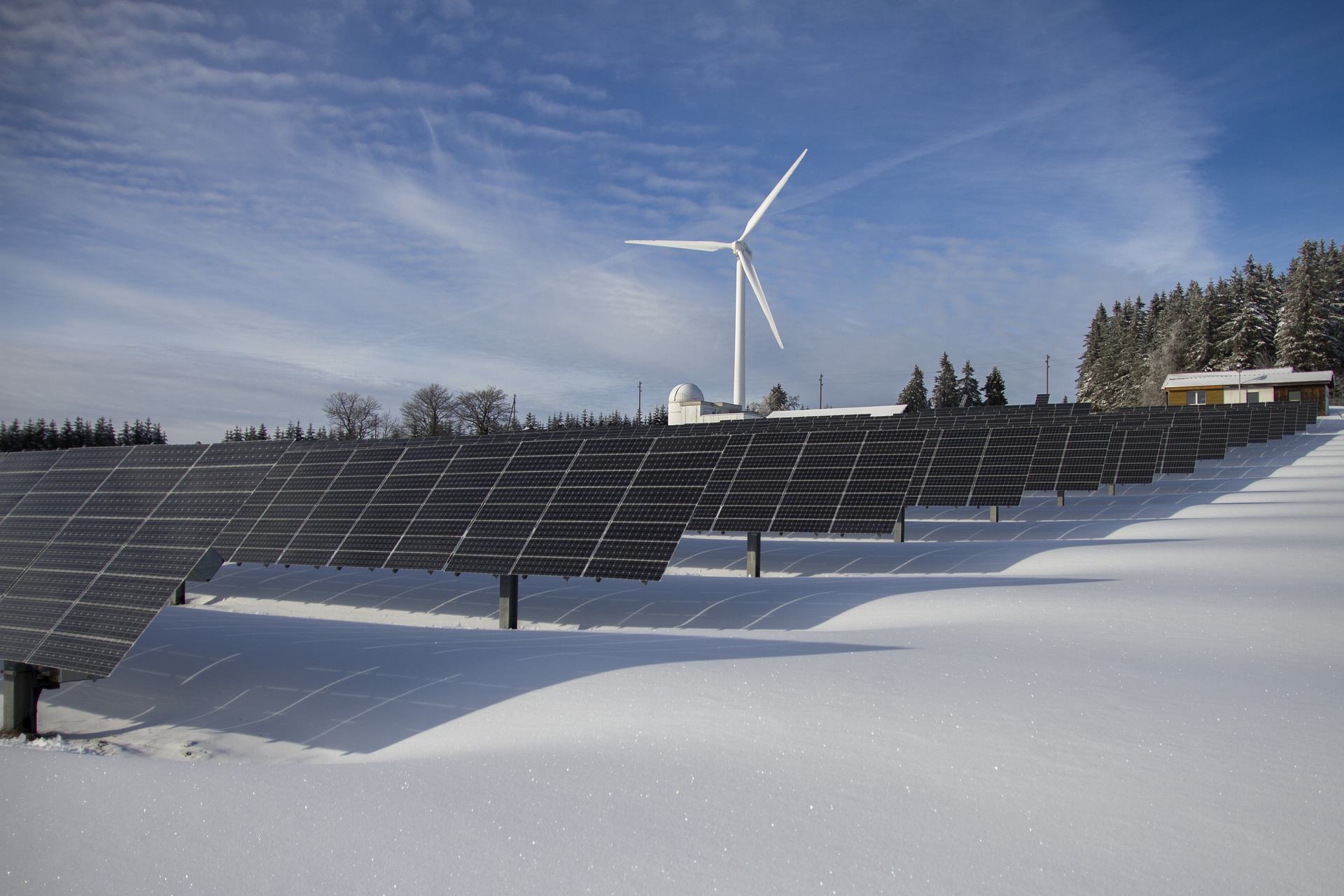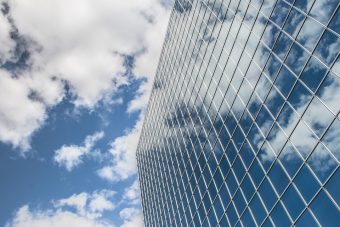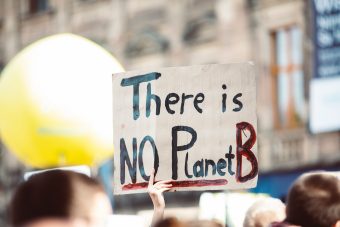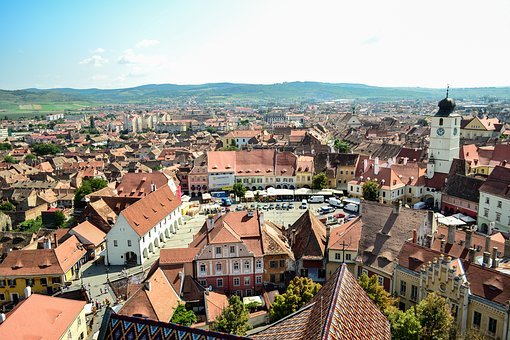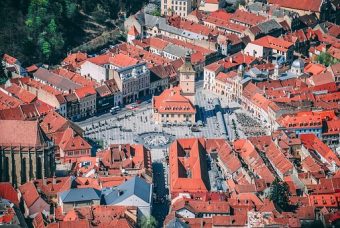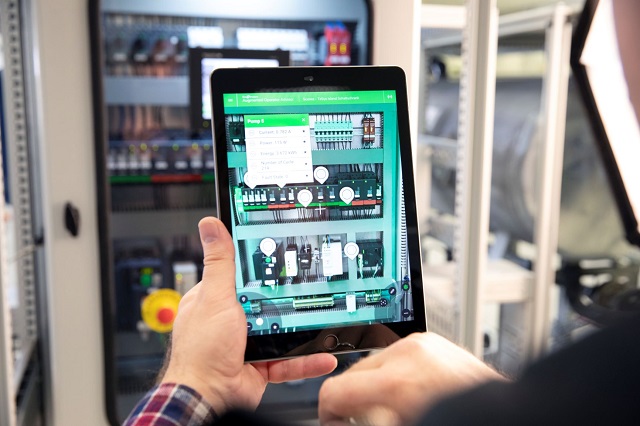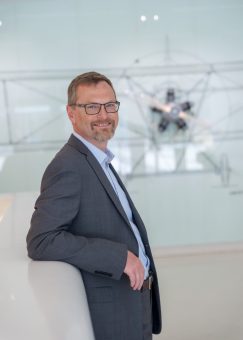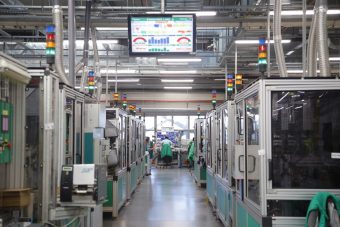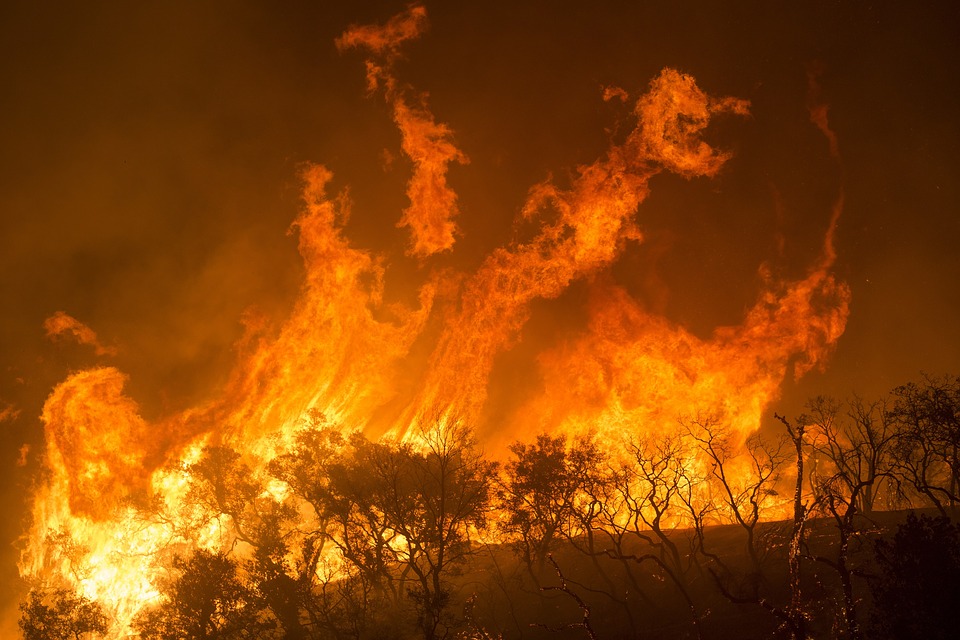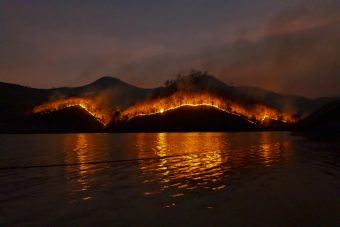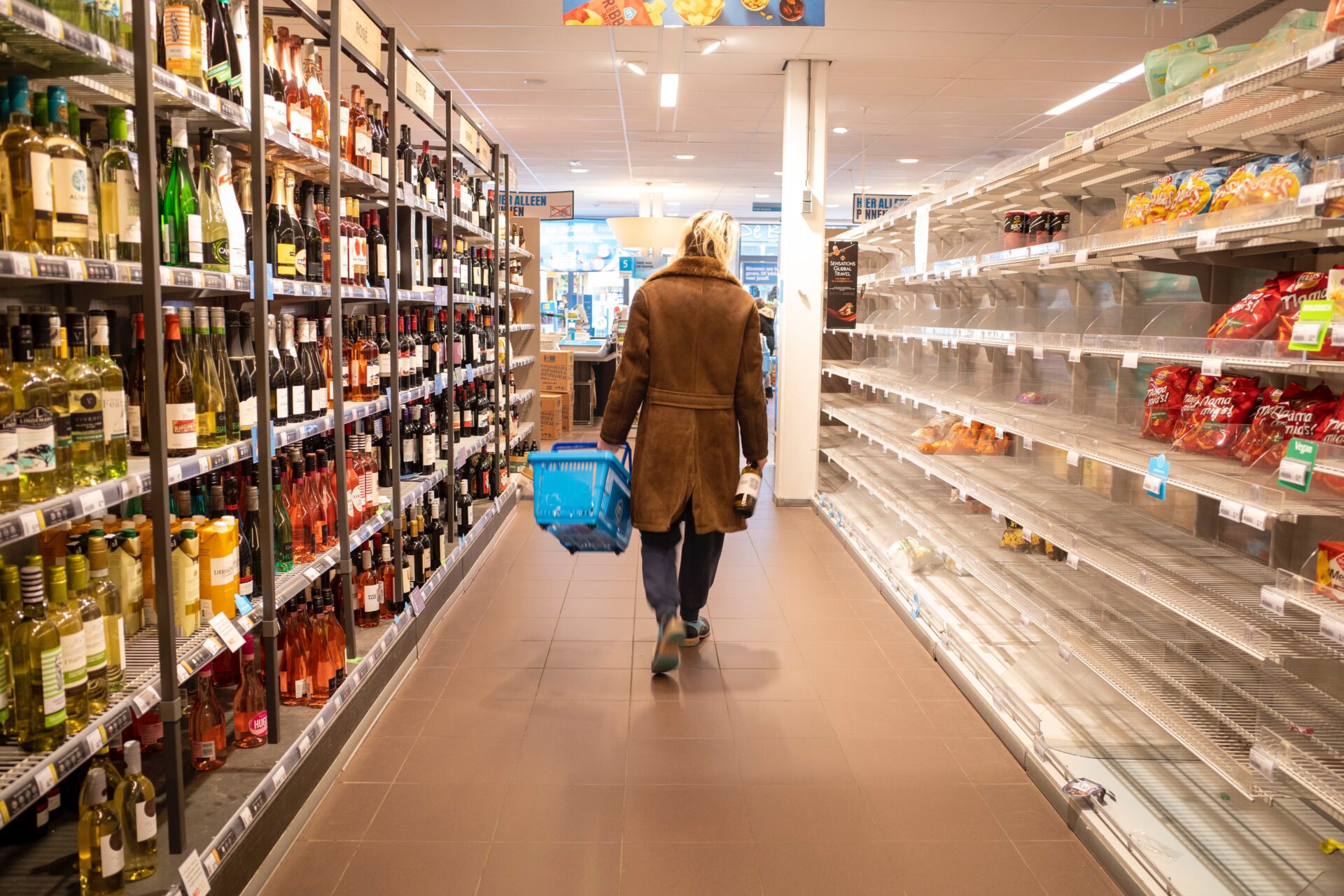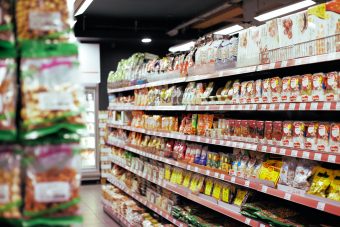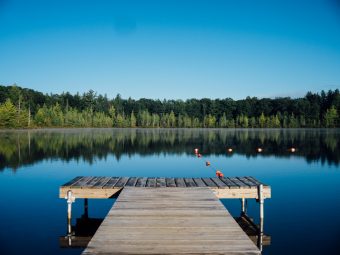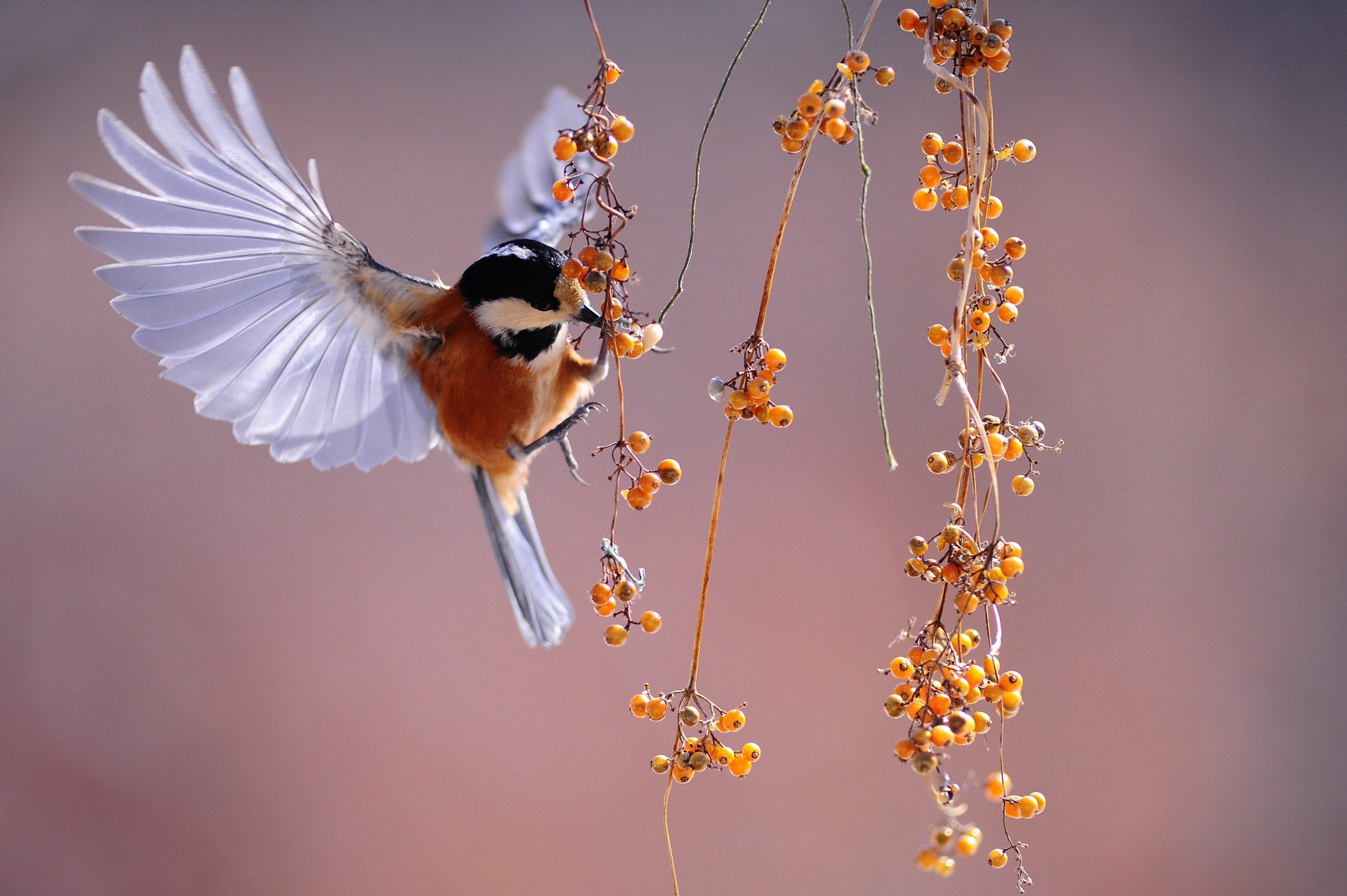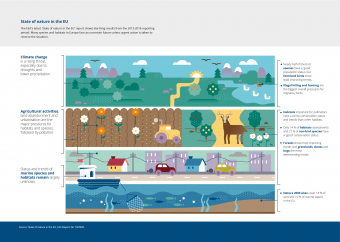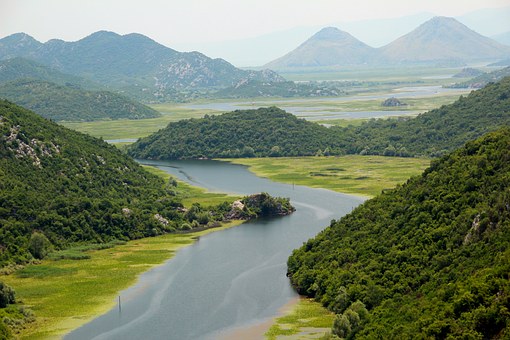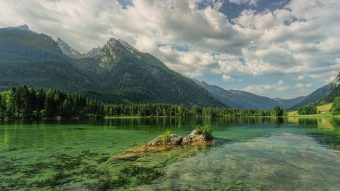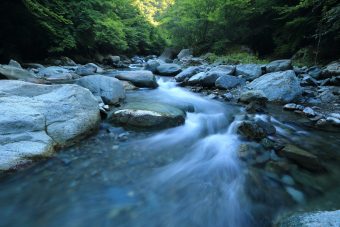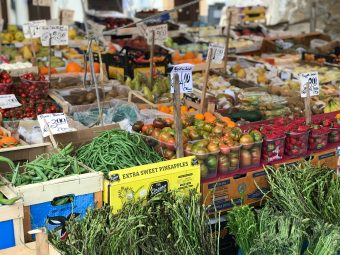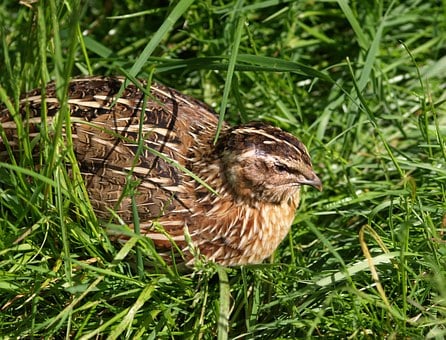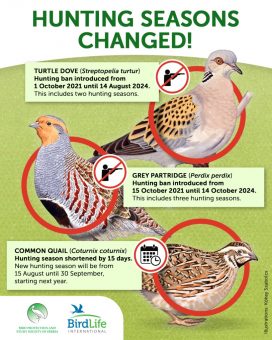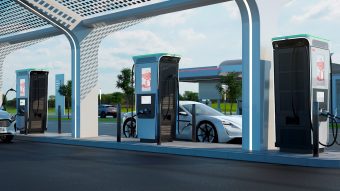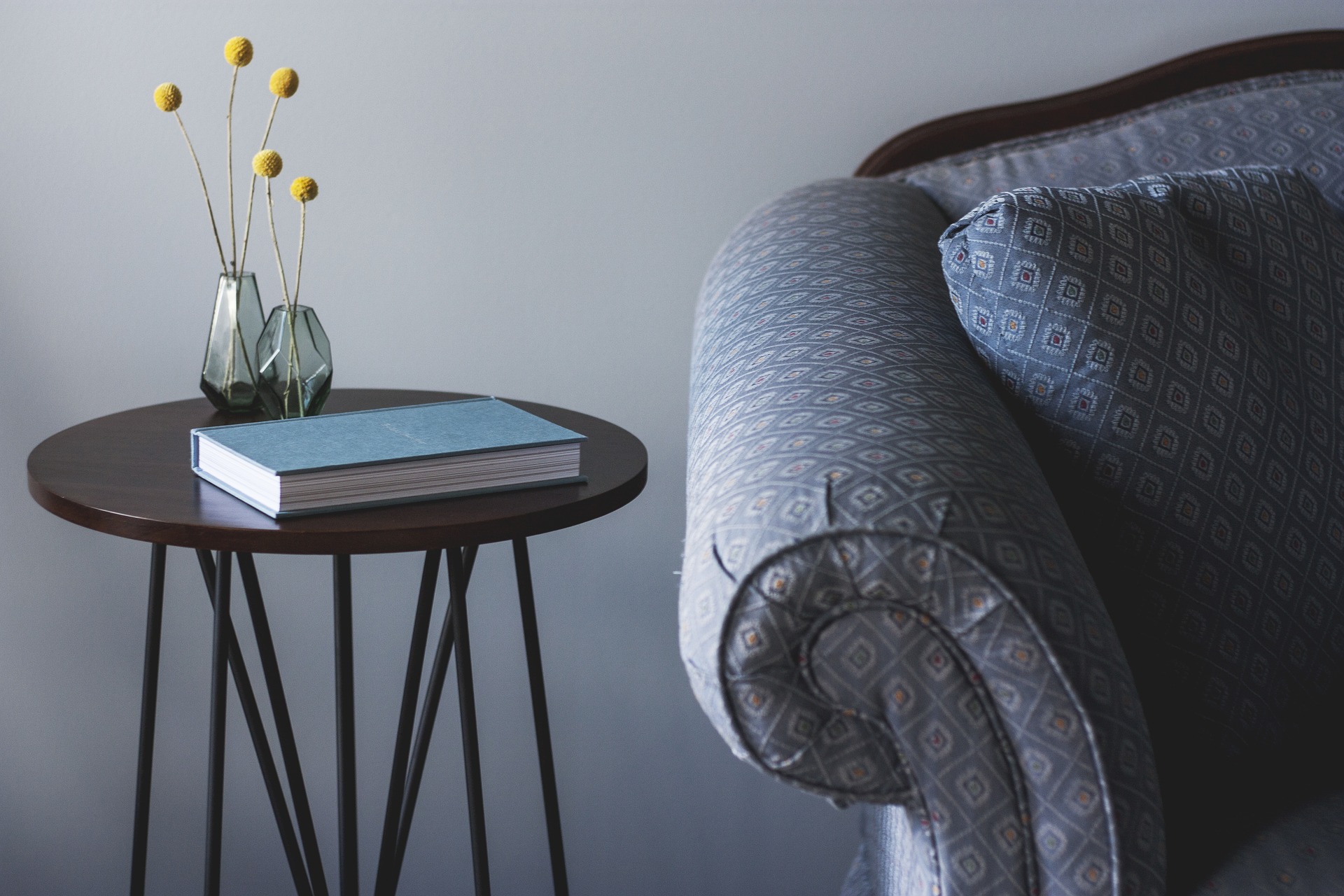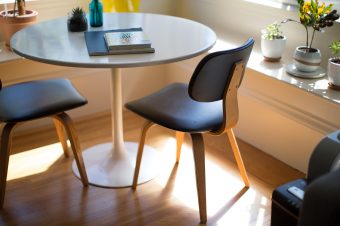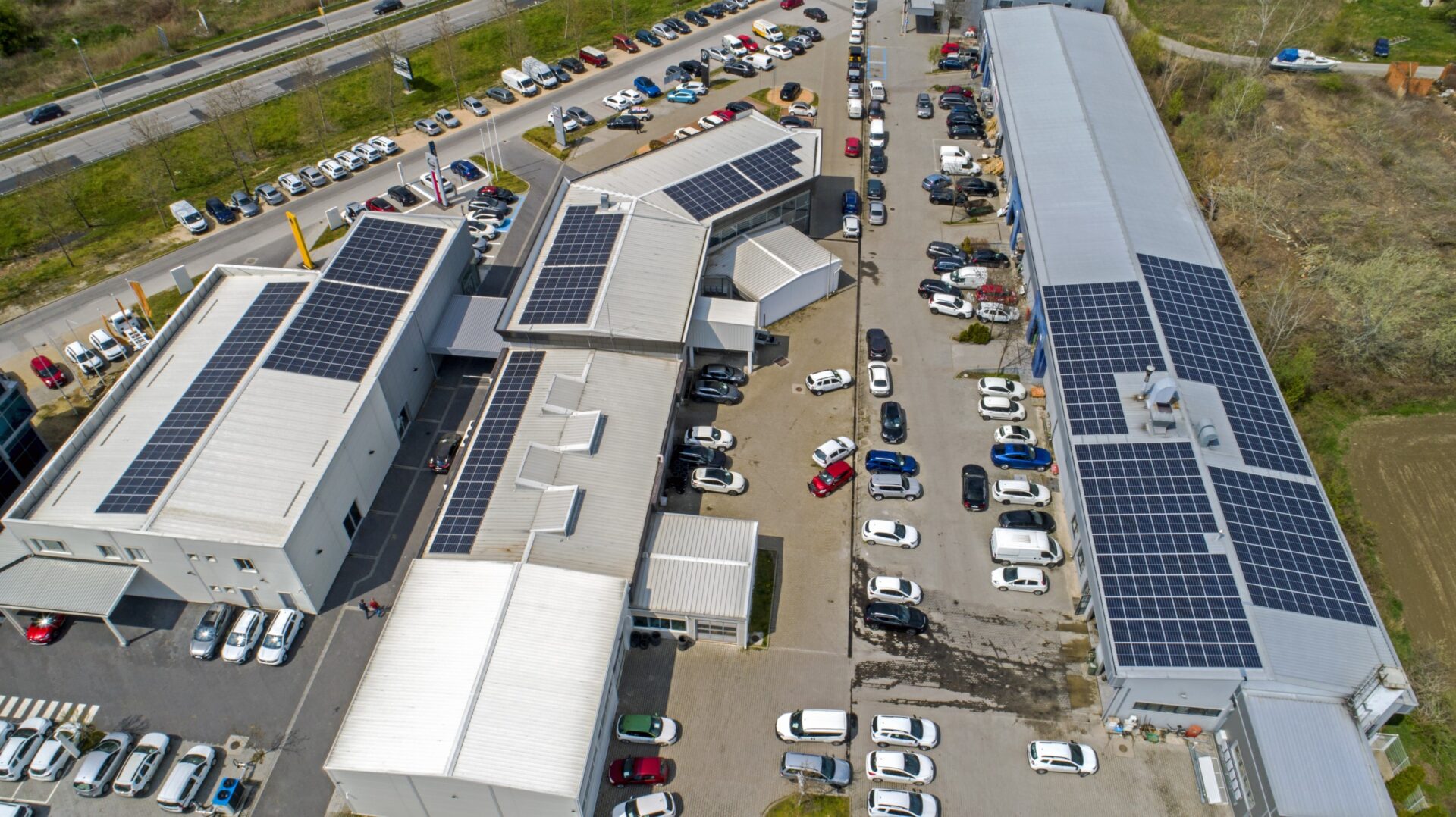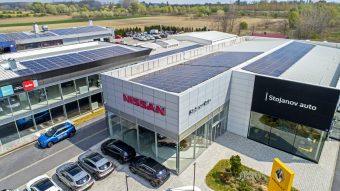
The International Energy Agency is teaming up with the Italian Ministry of Ecological Transition (IMET) and the United Nations Environment Programme (UNEP) to call for pilot projects on how digitalisation can contribute to flexible and resilient energy systems.
The initiative, a follow-up to the 2019 Climate Action Summit, aims to accelerate global climate action and encourage the uptake of clean energy models. The pilot projects are intended to produce on-the-ground insights, test new approaches and disseminate findings that will feed into the IEA’s Digital Demand-Driven Electricity Networks (3DEN) Initiative.
The 3DEN Initiative focuses on the policies, regulatory environment, technology and investments needed to accelerate power system modernisation as well as the effective utilisation of demand-side resources, such as electric vehicles and behind-the-meter batteries.
More:
The open competitive call for proposals intends to support the implementation of pilot projects across the prioritised countries, namely Brazil, Colombia, India, Indonesia, Morocco, South Africa and Tunisia for a maximum of EUR 1.8 million per project (excluding co-financing). The projects are expected to develop and showcase innovative business and regulatory models for the adoption of smarter digital power infrastructures.
You can find more details and the application form here.
Source: IEA


